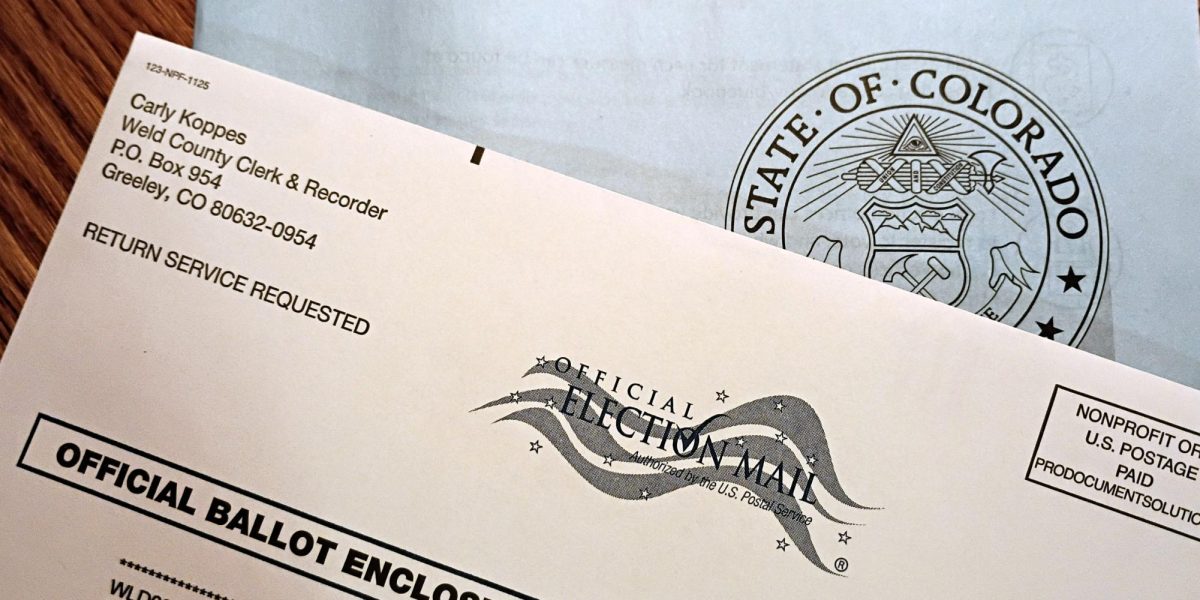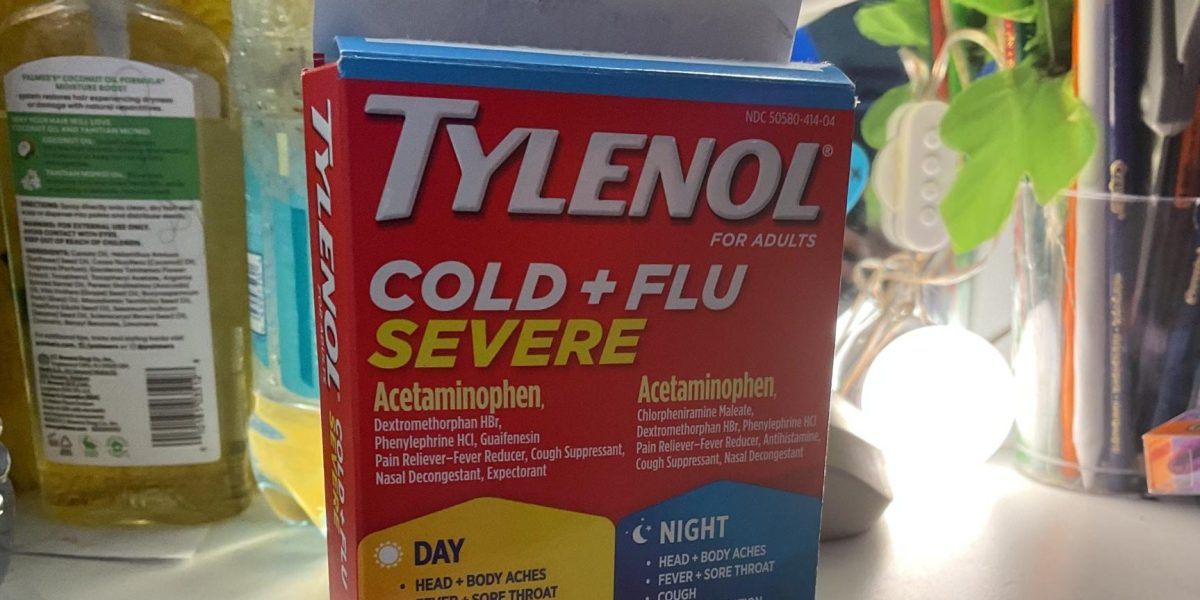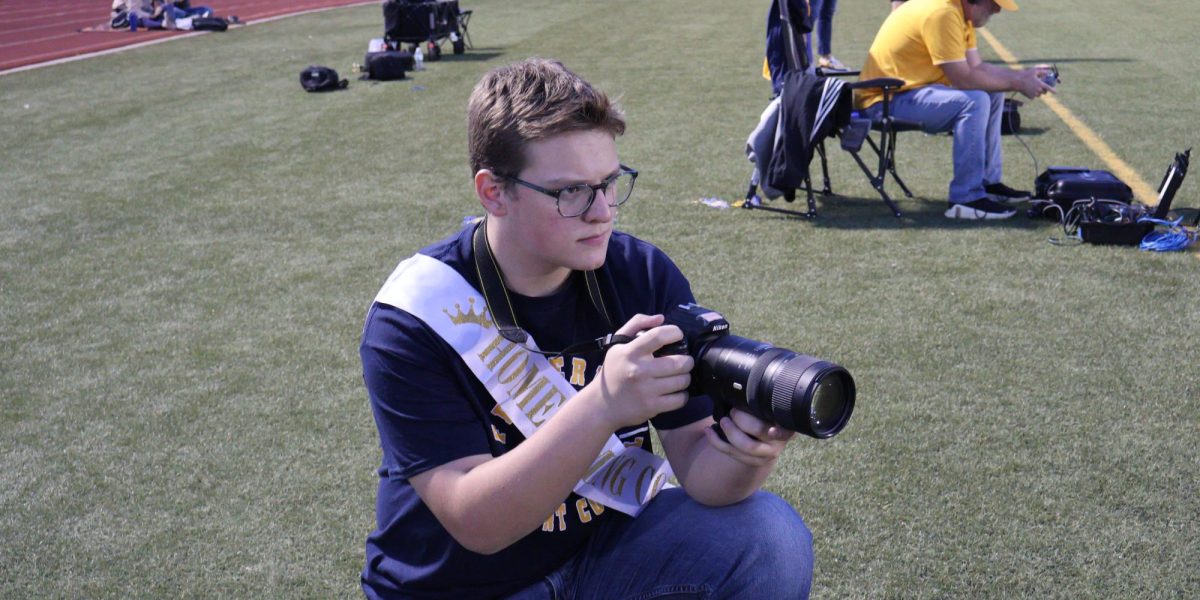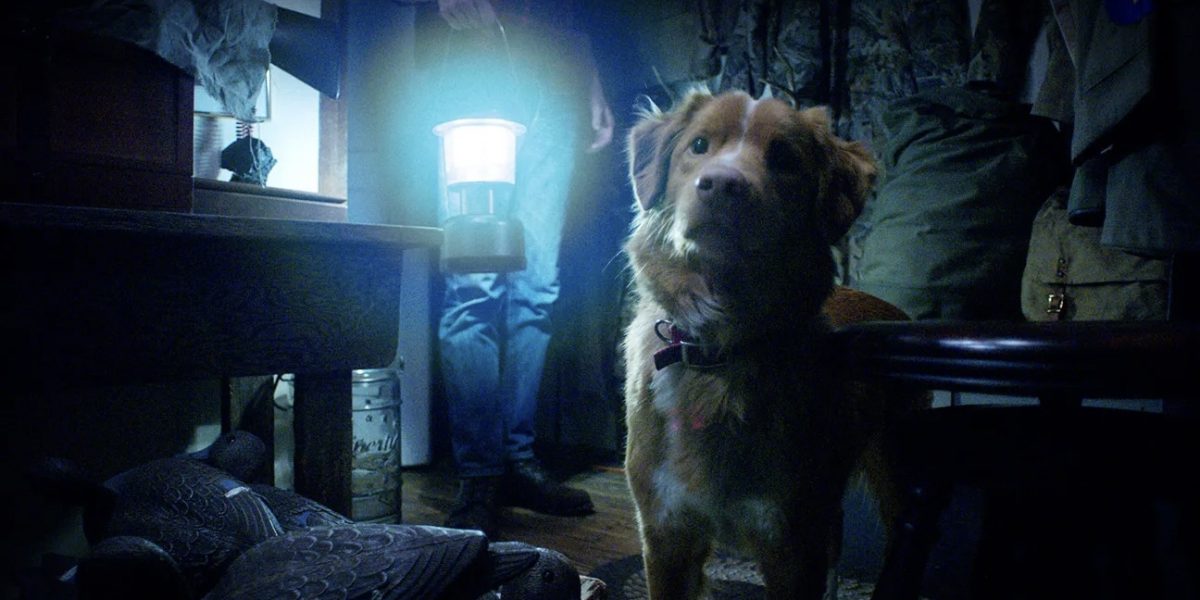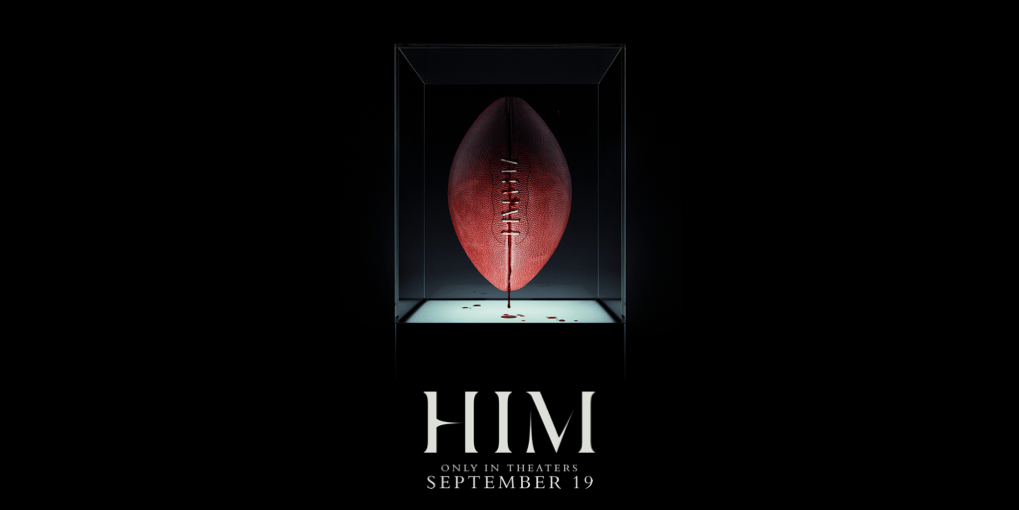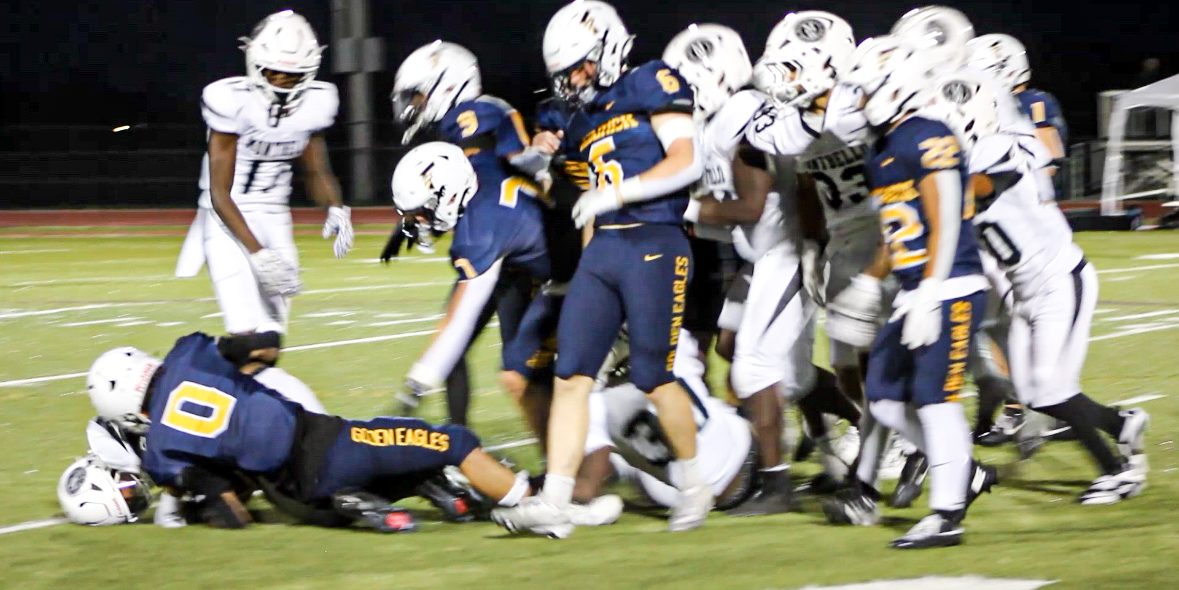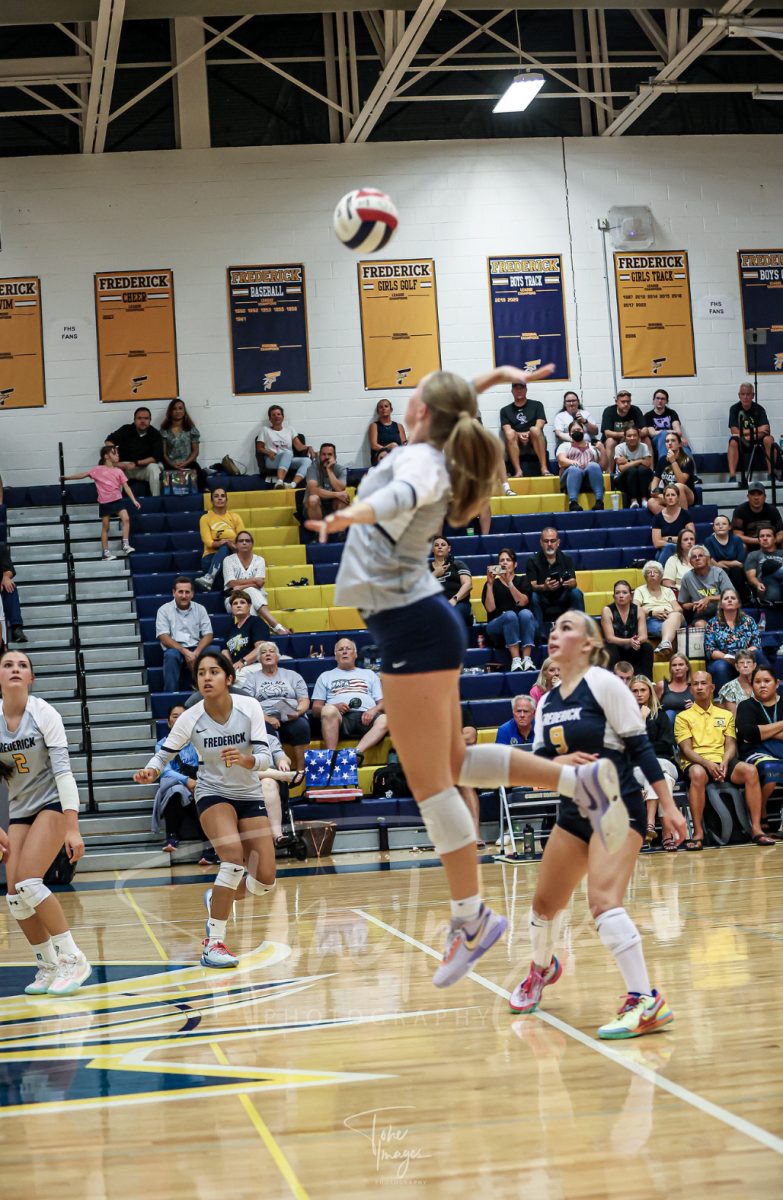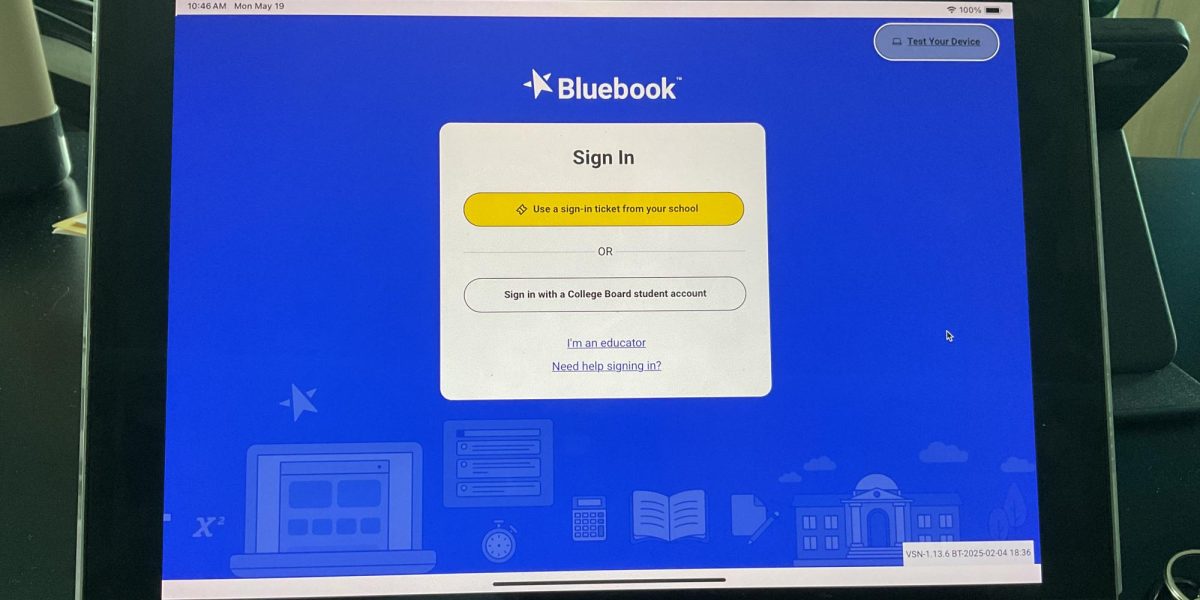At Frederick High School, the week of April 14th was test filled with juniors taking the SAT on Tuesday, 9th and 10th graders taking the PSAT on Wednesday, and then the Juniors finishing the week with yet another standardized test, the Colorado Measures of Academic Success test (CMAS) on Friday.
The point of CMAS is to “indicate the degree to which students have mastered the [Colorado Academic Standards] CAS in mathematics, English language arts, science, and social studies at the end of the tested grade level” according to the Colorado Department of Education (CDE).
However, without proper preparation, being placed only a few days after the SAT, and having an easy opt out option, the state probably didn’t get the results they were looking for.
The science section of CMAS, while less time-consuming than the full exam sections taken by younger grades, still takes roughly two and a half hours with two sixty-minute sections and a ten-minute break.
The format of the test includes“ multiple-choice questions and free-response questions that students have to answer. The science topics include environmental/earth science, physics, biology, and chemistry,” according to the Briggsdale School.
Now, while many of these subjects students have taken in the past, how far in the past should be accounted for? At Frederick, students take biology their freshman year and chemistry their sophomore year, without a requirement to take physics or environmental science.
This means that when they take CMAS in the spring of their junior year, they may not have seen the material in a year, two years, or ever.
Further, many students didn’t feel like there was much importance with CMAS because teachers weren’t putting much pressure on it, and they weren’t all aware the exam was happening until a few days before, leading them to not study for the exam and not knowing how to study if they wanted to,
Junior Logan Brisendine said that he didn’t find out about the exam until two days before the test, with other students only finding out about the exam the week prior.
With this, on the St. Vrain Valley Website, it didn’t have juniors listed as having to take the science CMAS test on their academic calendar, with the calendar only stating that “April 7–25, 2025 (official state window), ELA & Math—Grades 3–5, Science—Grade 5, CoAlt DLM (ELA/Math) and CoAlt (Science)—Grades 3–5.”
Junior Niccolo Hebert noted how while he didn’t study, he also “didn’t really care to study.”
Logan added onto this statement, saying, “No, I didn’t feel like I needed to prepare, and even if I did want to prepare, I don’t know how I would have been able to do so.”
On top of this, CMAS was only two days after the SAT, an exam that many students have been diligently preparing for.
Niccolo said that “[the] SATs were more important, so that was a little stressful, but CMAS didn’t feel very serious.”
A teacher at Frederick who wishes to remain anonymous shared their thoughts on the double standardized test week as well: “I don’t think it yields the best results, nor does it set kids up for success. I think if we truly care about student performance while also supporting the mental health of our kids, then we should make that week less high stakes by spacing them out.
I also think it ruins the entire week for teachers of 11th graders because we miss so much class time in a short period of time.”
From an administrative perspective, they saw the same challenges, but their reasoning was that, “we do that so we can get the tests done in the testing window. We only have a certain amount of time to complete the tests.
“We have talked about having CMAS before the SAT, but the fear for principals is that students will opt out of BOTH CMAS and SAT” according to Dr. Santos, an administrator who largely organizes the standardized tests at Frederick.
All of this contributed to the final reason that the state probably didn’t get the results they were looking for: there was an easy way for students to opt out of the test, which several took advantage of.
Dr. Santos said that, “I wish students and families took the CMAS more seriously, because I was a science teacher and we have a great science department; however, this year, we had over 120 opt-outs,” in addition to the many students who did not show up on testing day.
Overall, this combination of factors begs the question: If students aren’t properly preparing for the test and are taking it right after a large test, what is the CMAS truly testing: science knowledge or testing fatigue? Furthermore, if there is an easy way out and around a third of juniors are taking it, are the CMAS results even accurate? The answer is clear: the CDE needs to either move or nix the junior science CMAS.



